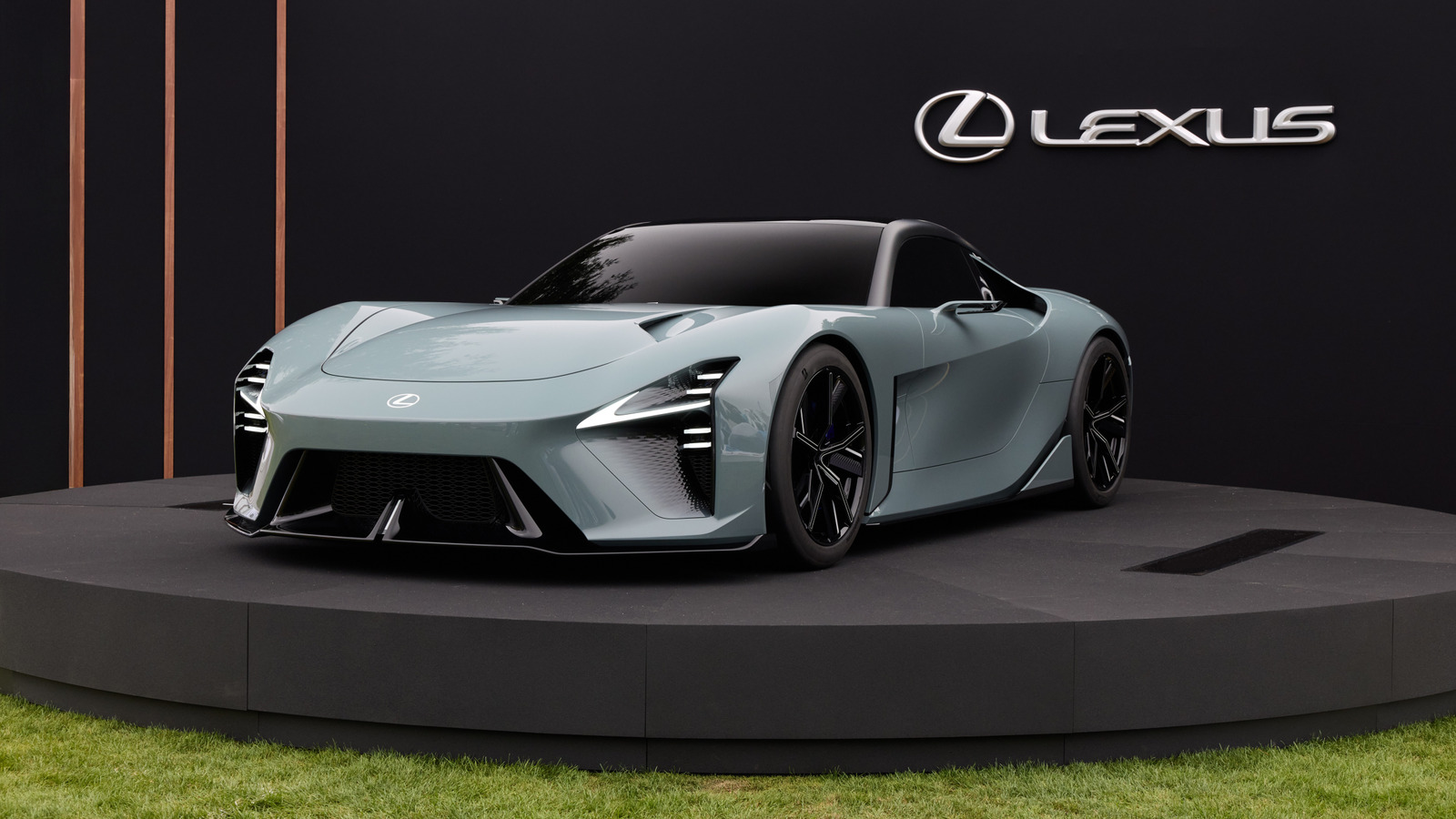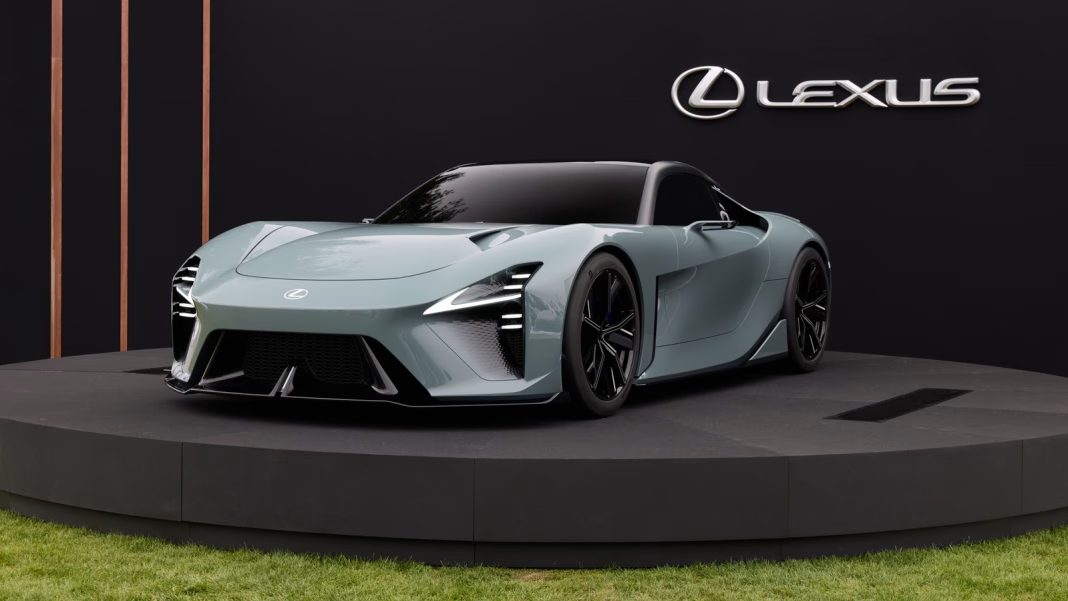How Can You Tell If a Car Is the Upcoming Lexus LFR?
Car enthusiasts love a good mystery, and lately, there’s been plenty of speculation swirling around a certain camouflaged coupe spotted on test tracks. What clues tip off the experts that this could be the much-anticipated Lexus LFR? Let’s break down the telltale signs, from subtle design tweaks to bold, performance-driven features.
What Do Those Hood Vents Really Mean?
Hood vents aren’t just for show—they’re a dead giveaway that something serious is happening under the sheet metal. On the prototype in question, the vents are aggressive and functional, hinting at a high-performance powertrain that needs extra cooling. Lexus has a history of using hood vents on its F models, but these are larger and more pronounced, suggesting the LFR could be packing more heat than anything in the current lineup. Think of it as the automotive equivalent of rolling up your sleeves before getting to work.
Why Is the Grille Shape Such a Big Deal?
Lexus is famous (or infamous, depending on who you ask) for its spindle grille. But the shape on this prototype is subtly different—wider at the base, with sharper angles that seem to channel airflow more efficiently. This isn’t just a cosmetic tweak. Aerodynamics play a huge role in modern performance cars, and a redesigned grille can help reduce drag and direct air to the right places. According to a 2023 study by the Society of Automotive Engineers, even minor grille adjustments can improve cooling efficiency by up to 12 percent. That’s not just for looks—it’s for lap times.
What’s Up With Those Intakes Behind the Windows?
If you spot intakes tucked behind the side windows, you’re looking at a car that’s serious about performance. These aren’t decorative. They’re designed to funnel cool air directly to the engine or brakes—critical for a car that’s expected to compete with the likes of the Nissan GT-R or the Acura NSX. On the suspected LFR, these intakes are positioned with surgical precision, suggesting a mid-engine layout or at least a heavily rear-biased cooling system. It’s a move straight out of the supercar playbook.
Why Is There a Vent Behind the Front Wheel?
This detail might seem minor, but it’s actually a hallmark of advanced engineering. The vent behind the front wheel helps relieve air pressure that builds up in the wheel well at high speeds. The result? Better stability and less lift—key ingredients for a car that’s designed to hug the road at triple-digit speeds. Lexus has flirted with this feature on concept cars before, but seeing it here is a strong hint that the LFR is meant to be more than just a grand tourer.
How Do These Features Compare to Other Lexus Models?
Stack the prototype up against the current LC or RC F, and the differences are striking. The LC is elegant, almost understated, while the RC F leans into muscle. The suspected LFR, though, looks like it’s been sharpened for the track. Every vent, scoop, and crease serves a purpose. Industry insiders point out that Lexus has been pushing for a halo car to sit above the LC, and these aggressive design cues fit that ambition perfectly.
What Are the Experts Saying?
Automotive analysts and engineers have weighed in, noting that the combination of these features is rare outside of true performance vehicles. Dr. Yuki Tanaka, a leading automotive design consultant, points out that “the integration of functional vents and advanced aerodynamics signals a new era for Lexus performance.” Meanwhile, spy photographers and journalists who’ve seen the prototype up close are convinced: this is no ordinary Lexus.
What’s the Real-World Impact for Drivers?
For the average driver, these design tweaks might seem like small potatoes. But for those who crave performance, they’re game-changers. Improved cooling means the car can run harder for longer. Better aerodynamics translate to more stability and confidence at speed. And let’s be honest—there’s something undeniably cool about driving a car that looks like it belongs on a racetrack.
What Should You Watch for Next?
If you’re keeping tabs on the LFR, keep an eye out for more prototypes in the wild. Manufacturers often test different configurations before finalizing a design, so the details may evolve. But the core elements—hood vents, aggressive grille, functional intakes, and purposeful vents—are likely here to stay. Industry rumors suggest a reveal could happen as early as next year, with production models following soon after.
The big takeaway? Spotting the next Lexus LFR isn’t about memorizing every spec—it’s about noticing the smarter, more purposeful changes. Next time you see a camouflaged coupe with those telltale vents and intakes, you might just be looking at the future of Lexus performance. Start paying attention to the details now, and you’ll be ahead of the curve when the covers finally come off.


